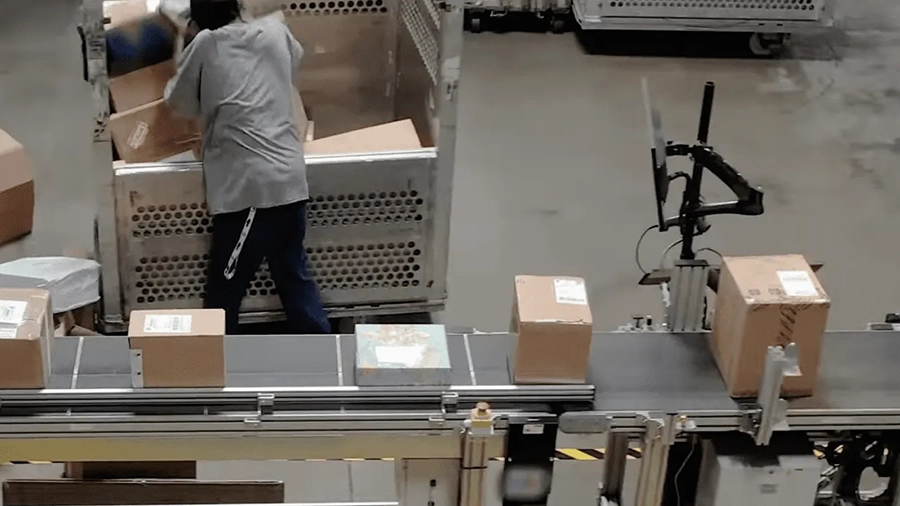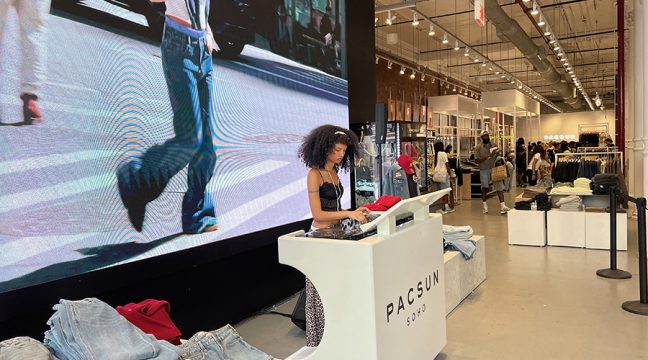Cross-border e-commerce has hit a regulatory wall that’s driving up costs and catching retailers unprepared, according to a new analysis from ePost Global. The study of 15.6 million international shipments worth $421 million reportedly reveals that nearly three-quarters (73 percent) of product categories now fall into tariff-sensitive classifications, with customs authorities worldwide significantly ramping up enforcement.
These findings from ePost’s 2025 Shipping Optimization Analysis Report indicate that 42 percent of shipment values are associated with high-complexity customs categories, which are subject to intense scrutiny, including electronics, luxury goods and food items.
“Retailers are sailing into a perfect storm of regulatory changes,” said Kelly Martinez, founder and co-president of ePost Global. “The cross-border boom that fueled e-commerce growth is now confronting a wall of protectionist policies, with customs authorities converting what used to be routine shipments into complex compliance challenges.”
The company said that with heightened scrutiny of the U.S. de minimis rule, growing tariff tensions and increasingly strict customs enforcement across major global markets, the company’s analysis reveals that the most valuable product categories are also the most vulnerable to regulatory complexity:
- Apparel & Textiles (39.2 percent of shipment value) are subject to complex origin verification and Free Trade Agreement compliance.
- Luxury & Personal Items (16.8 percent) face increased value declaration scrutiny and security measures.
- Electronics & Technology (10.0 percent), complicated by region-specific restrictions and battery safety regulations.
“The rules of global commerce are being rewritten in real-time,” added Martinez. “Brands that thrived in the era of simplified cross-border shipping now find themselves facing a maze of regulatory hurdles that can demolish profit margins overnight if they’re unprepared.”
The data also reveals several strategic advantages for retailers who understand the new regulatory terrain:
- 97 percent of all shipments still qualify under the EU’s €150 de minimis threshold, creating a critical strategic opportunity.
- Over 52 percent of product categories have average values under $20, suggesting untapped potential for consolidation strategies.
- Value-based shipping approaches can help retailers sidestep the most punishing tariff traps.
ePast said this strategic approach becomes especially relevant as recent policy changes close loopholes that previously allowed low-value packages to enter duty-free.
The company’s analysis also reveals that retailers who systematically address four critical documentation elements — product descriptions, HS codes, declared values, and country of origin — can achieve significant competitive advantages in speed-to-customer and cost efficiency.
“What used to be back-office paperwork decisions have become make-or-break factors for international retail strategy,” Martinez warned. “A single misclassified shipment or incomplete customs form can trigger cascading delays, fines, and customer disappointment that damages brand reputation.”
Furthermore, Alison Layfield, director of product development at ePost Global, cautions that “defaulting on HS codes is no longer safe – your product could end up with a 25 percent tariff. Customs is now requiring accurate classifications, which equates to clear descriptions, correct HS codes, declared value and actual country of origin based on the manufacturer.”
ePost Global Shipping delivers cost-effective, global delivery solutions through strategically located processing centers throughout the United States.
Methodology: The data reflects customer shipment patterns tracked by ePost Global throughout 2024 and includes consolidated information across product categories, shipment values and customs classifications. ePost Global analyzed 15.6 million shipments valued at $421 million. Categories were assessed for tariff exposure and customs complexity and evaluated for optimization potential under international de minimis thresholds.
Image courtesy ePost Global Shipping










